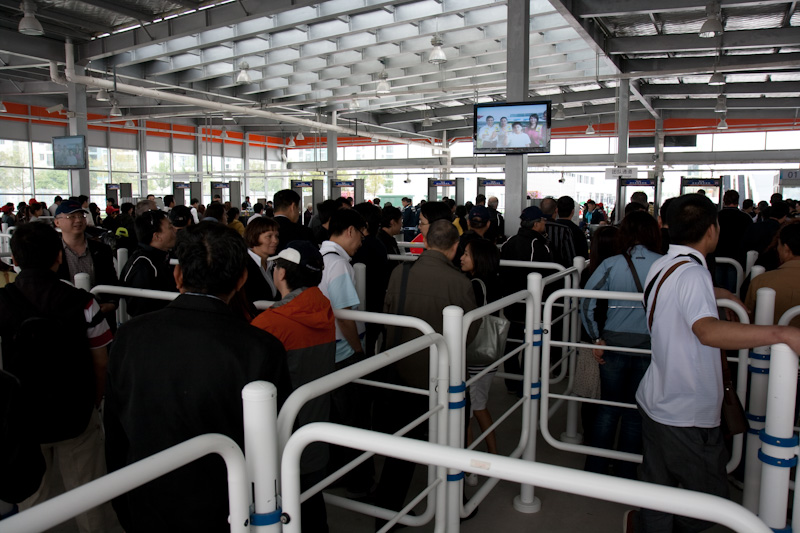omg, I had this ongoing “lag” issue in TF2 whereby my fps would drop dramatically in a fight in TF2 (team fortress 2) game.
Things get more frustrated when I recently upgrade my graphic card from the old 8600GT to the GTX260 and the lag problem does not go away!
Its only recently that I came across this thread in steam forum that suggest a fix to this problem.
if you have a similar setup like mine
- Intel Core2Duo E6320
- 4GB RAM
- Windows 7 Home
- GTX260
- Onboard Realtek soundcard
- MSI P65 Neo2 motherboard
and encounter the following symptoms…
- lag or shutter after 2-3 seconds when you walk in a straight line in the game
- framerate drop to 10+ in heavy fight
- sound shutter in heavy fight
- ping spikes randomly
for the following steam games…
- Source Engine Games (Team Fortress 2 (TF2), Left 4 Dead, Counter Strike Source (CS:S, CSS))
- Heroes of Newerth (HoN)
- Call of Duty Series (CoD), possibly including Modern Warfare
- Overlord Series (Overlord, Overlord: Raising Hell, Overlord 2)
perhaps you may want to try the following method and see if the problem would go away.
- Open regedit
- Go to: HKEY_LOCAL_MACHINE\SOFTWARE\Microsoft\Windows NT\CurrentVersion\Multimedia\SystemProfile
- There will be an entry for network performance throttling, default value is 10; set it to FFFFFFFF hex (willl look like 0xFFFFFFFF to the right of the entry
- Reboot



































